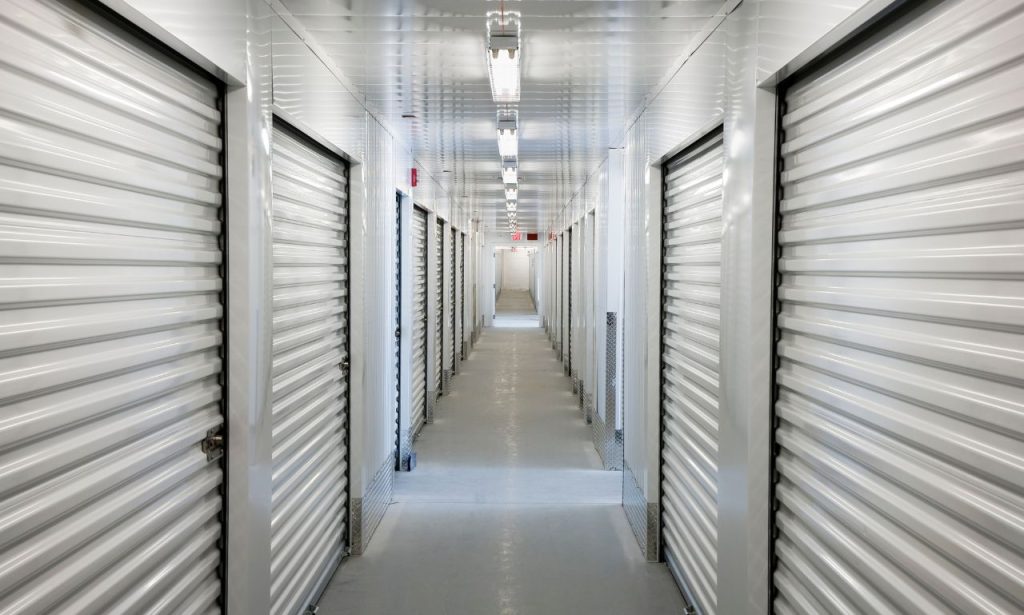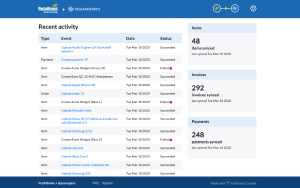If you’ve ever found yourself pondering, “How much do storage units cost to build?”, you’re not alone. The storage industry has been booming, driven by consumer demand for secure, accessible spaces to store personal and business items. Building a storage facility, however, is not just about erecting walls and doors; it involves a comprehensive understanding of various factors that influence costs and returns.
In this article, we’ll delve into the intricacies of constructing storage units, exploring different types, cost factors, and strategies to maximize your return on investment. By the end, you’ll have a detailed understanding of what it takes to build a successful storage facility.
Understanding Different Types of Storage Facilities
Before diving into the costs, it’s essential to understand the different types of storage facilities available. Each type serves different needs and comes with its own set of construction and operational considerations.
Warehouse Storage
Warehouse storage is typically large and used for commercial purposes. These facilities store goods in bulk and often require specialized infrastructure to handle heavy loads, including reinforced flooring and advanced climate control systems. The construction costs can be high due to the scale and specific requirements.
Container Storage
Container storage uses shipping containers as storage units. This type is popular for its flexibility and lower initial investment. Containers are relatively easy to install and can be moved as needed. However, they may require additional security measures and climate control solutions.
Lockups
Lockups are smaller, individual storage units that cater to personal storage needs. These units can be part of a larger storage complex or stand-alone. The construction costs vary depending on the size, security features, and amenities provided.
Removal Depositories
Removal depositories are specialized storage facilities used primarily by moving companies. These facilities need to accommodate a high turnover of items and often require extensive space and efficient logistics systems.
Factors Influencing the Cost of Building Storage Units

Several factors can significantly impact the cost of building storage units. Understanding these will help you budget more accurately and make informed decisions.
Land Costs
The cost of land is one of the most significant factors. Prices vary widely depending on location, accessibility, and zoning regulations. Urban areas generally have higher land costs but offer greater demand and higher rental rates.
Material Costs
Material costs include everything from the concrete for the foundation to the steel for the structure and the insulation for climate control. Prices can fluctuate based on market conditions, and choosing durable, high-quality materials can increase upfront costs but reduce long-term maintenance expenses.
Labor Costs
Labor costs depend on the complexity of the project and the local wage rates. Hiring skilled labor is crucial for ensuring the quality and longevity of the construction. In some regions, labor shortages can drive up costs and extend project timelines.
Site Preparation Costs
Site preparation involves clearing the land, leveling it, and installing necessary infrastructure like drainage and utilities. The condition of the land can significantly affect these costs. For example, rocky or uneven terrain may require extensive work to prepare.
Additional Costs
Additional costs can include permits, insurance, marketing, and contingency funds for unexpected expenses. It’s essential to factor these into your budget to avoid surprises during the construction process.
Maximizing Return on Investment
Building storage units is not just about managing costs; it’s also about maximizing your return on investment. Here are some strategies to help you achieve that.
Finding the Right Location
Location is critical for the success of a storage facility. Choose a site that is easily accessible, visible, and located near residential or commercial areas with high demand for storage. Conduct market research to identify underserved areas.
Defining the Targeted Customers
Understanding your target customers will help you design your facility to meet their needs. Are you catering to businesses needing bulk storage, individuals looking for personal storage, or a mix of both? Tailor your offerings accordingly.
Investing in the Right Technology
Investing in technology can enhance the efficiency and security of your storage facility. Consider solutions like automated access control, security cameras, and climate control systems. These investments can attract more customers and justify higher rental rates.
Offering Attractive Amenities
Amenities like 24/7 access, climate-controlled units, and insurance options can make your facility more appealing. Offering a range of unit sizes and flexible rental terms can also attract a broader customer base.
Is Building a Storage Unit a Good Investment?
Building a storage unit can be a highly lucrative investment if approached strategically. The storage industry has seen consistent growth, driven by increasing consumer demand for additional space. Key factors to consider include location, market demand, and the initial and ongoing costs. A well-situated, efficiently managed storage facility can yield substantial returns through steady rental income and potential property appreciation.
Do Storage Unit Owners Make Money?

Yes, storage unit owners can make significant profits. The success of a storage facility hinges on factors like occupancy rates, competitive pricing, and effective management. High demand areas with limited storage options can command premium rates, leading to higher revenue. Additionally, offering value-added services such as climate control and advanced security features can attract more customers and justify higher rental prices, further boosting profitability.
Conclusion
Building storage units involves a complex interplay of various factors, from land and material costs to labor and site preparation. By understanding these elements and employing strategies to maximize your return on investment, you can create a successful and profitable storage facility. Remember, thorough planning and research are key to navigating the challenges and achieving long-term success in the storage industry.
ALSO READ: How Do You Scale a Photography Business?
FAQs
Building storage units typically requires several permits, including zoning permits, building permits, and environmental permits. The specific requirements vary by location, so it’s important to consult with local authorities.
The timeline for building a storage facility depends on the size and complexity of the project. On average, it can take anywhere from six months to two years from planning to completion.
Yes, there are several financing options available, including traditional bank loans, SBA loans, and private investors. Each option has its own requirements and terms, so it’s important to evaluate them carefully.
Investing in robust security measures is crucial for protecting your customers’ belongings and your investment. This can include security cameras, gated access, individual unit alarms, and security personnel.
Ongoing operational costs include utilities, maintenance, staff salaries, insurance, and marketing. It’s important to budget for these expenses to ensure the long-term viability of your facility.




